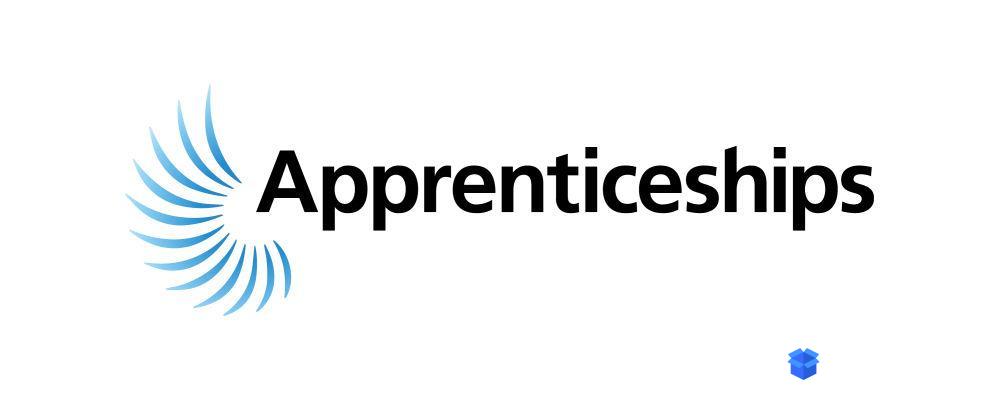Guide to maintaining an apprentice development record
This is a guide for an Apprentice to assist them in maintaining a portfolio of evidence, which is something that may be required within their Apprentieship framework.
10 mins
632
What is a Guide to maintaining an apprentice development record?
A guide to maintaining an apprentice development record is a document that provides a structured framework and guidelines for mentors and apprentices to track the progress of an apprentice's development during an apprenticeship program.
The purpose of the guide is to record the apprentice's achievements, strengths, areas for improvement, and goals. It provides a useful tool for both the mentor and apprentice to evaluate progress, identify any areas where additional support may be required, and adjust the learning plan accordingly.
The record can be used to monitor the apprentice's development, facilitate feedback, support the assessment process, and demonstrate the skills and competencies acquired by the apprentice.
Great Britain & NI (United Kingdom), Worldwide
What legislation and best practice guidelines have been taken into account in the development of this template?
-
Ensure that the apprentice development record is compliant with data protection laws, such as the General Data Protection Regulation (GDPR).
-
Make sure that both the mentor and the apprentice are aware of the purpose of the development record and how it will be used.
-
Set clear goals and objectives for the apprentice and ensure that these are included in the development record.
-
Regularly review the development record with the apprentice and provide constructive feedback to support their learning and development.
-
Ensure that the development record is updated regularly and that it accurately reflects the apprentice's progress and achievements.
-
Use the development record as part of the assessment process to evaluate the apprentice's performance and determine whether they have successfully completed the program.
-
Keep the development record confidential and secure, and only share it with those who have a legitimate need to access it.
Other territories
Consult your jurisdiction's employment legislation or labor laws to ensure compliance with the template. Review the language for local precision.
